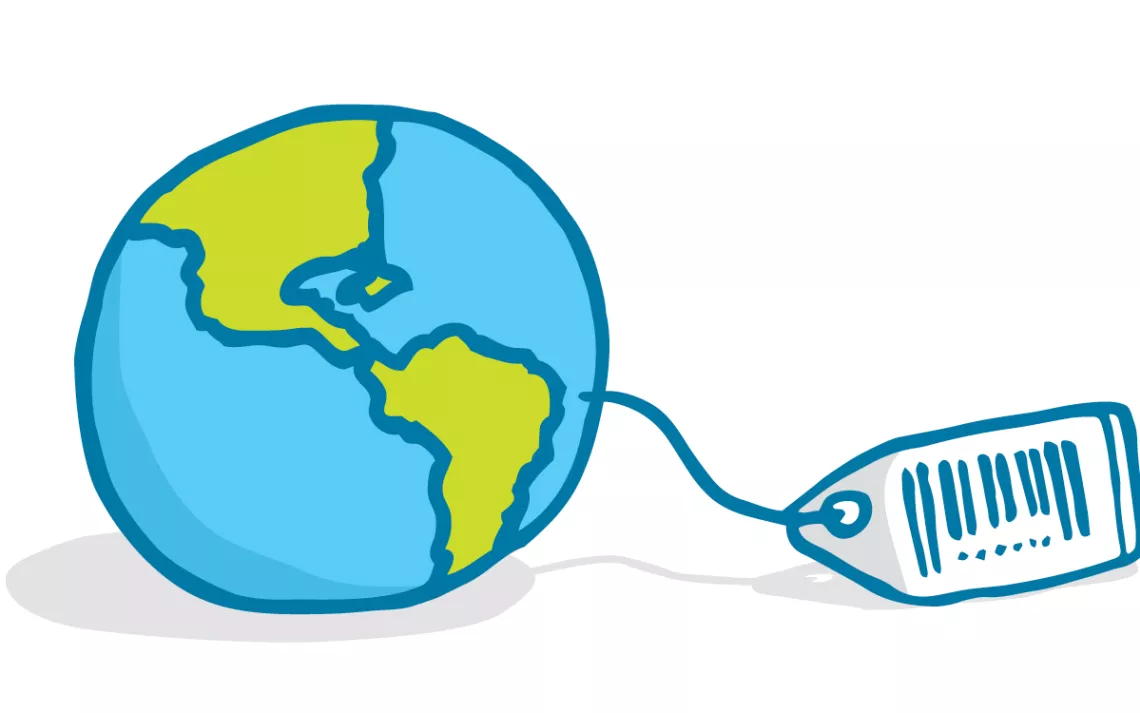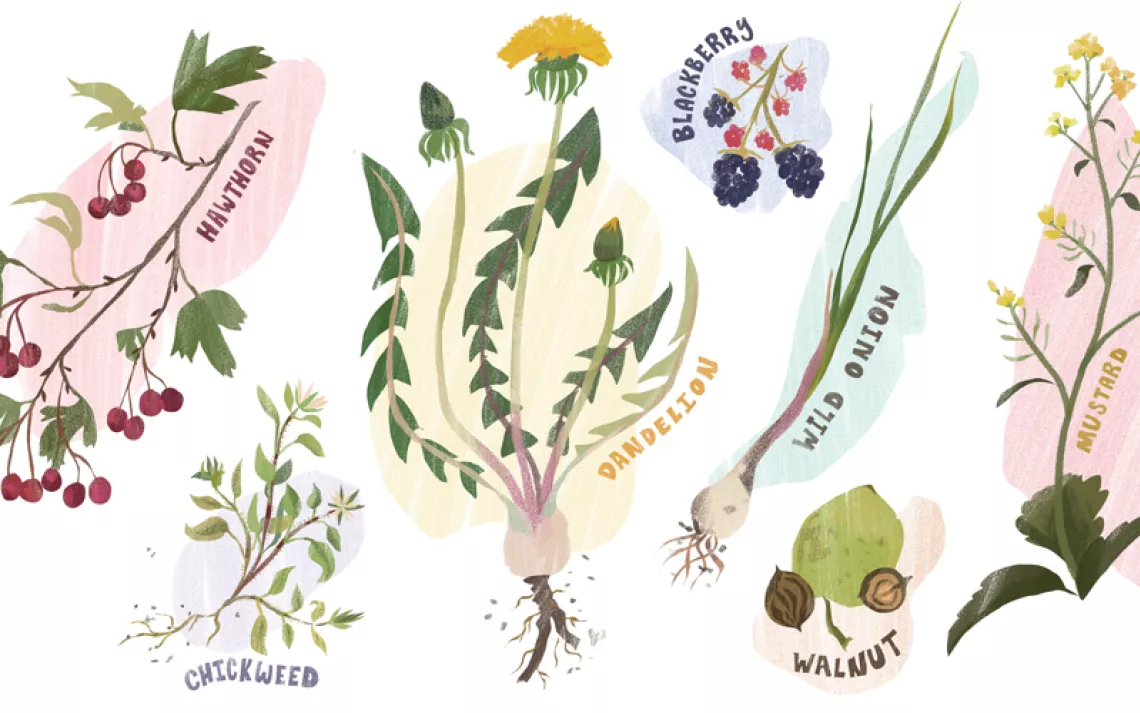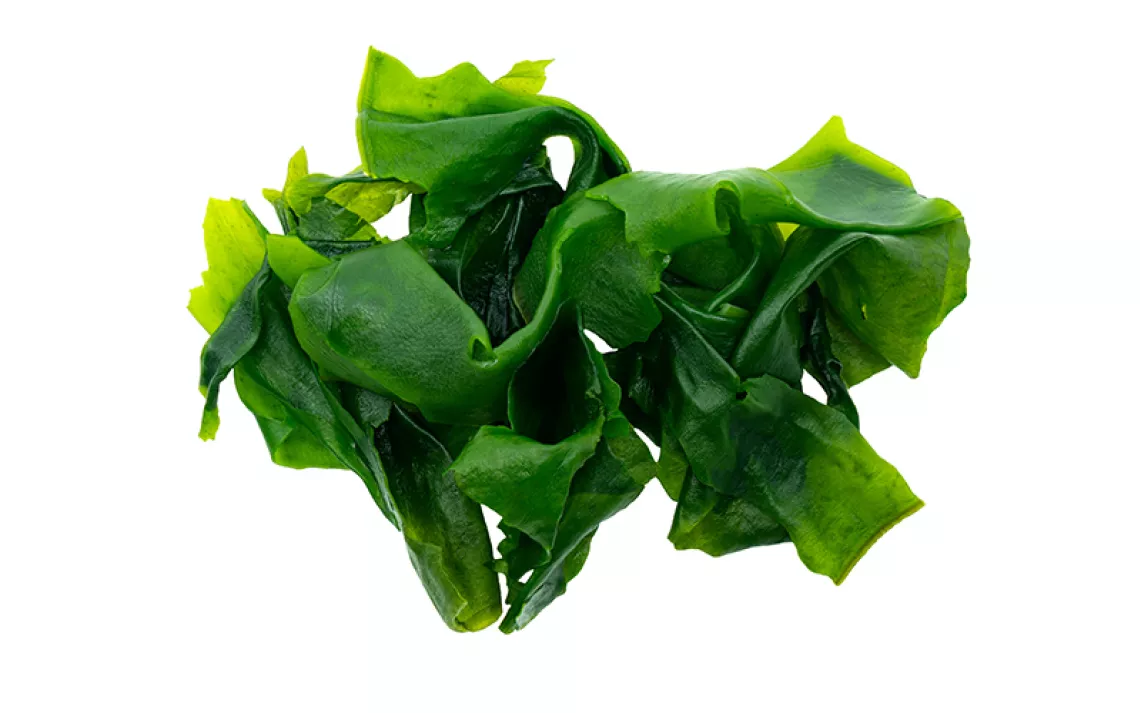Celebrate Earth Day by Skipping the "Green Consumerism" Fads
If you really want to live the spirit of Earth Day, don’t buy anything

Illustration by CurvaBezier/iStock
Opinion
The opinions expressed here are solely those of the writer and do not necessarily reflect the official position of the Sierra Club.
I’ve spent years encouraging people to ditch single-use plastic. Probably the most egregious example of single-use plastic is bottled water: The bottles are made from fossil fuels, the water filling them is often taken from communities and ecosystems that need it, and the pollution created when they’re disposed of will outlast all of us.
So when I heard that people were getting excited about the Stanley cup—a durable, reusable alternative to bottled water—at first it seemed like a victory. Stanley drinkware has been around for decades, mostly marketed as a rugged brand for workmen and outdoorsmen. But recently the company repackaged its signature products in a rainbow of colors and began marketing to women, positioning itself as a lifestyle brand for people headed to the carpool line or yoga class. Stanley’s collaborations with influencers sparked a storm of social media buzz, with people rushing to snatch up the latest limited edition and amassing collections of the colorful tumblers. The excitement over the Stanley cup grew into a fad—and that fad has become costly for the planet.
The first Earth Day was a political, radical, and joyous event. No one went home with a swag bag full of face creams in recyclable jars and bamboo plates for the kids.
Unfortunately, Stanley cups are far from the only eco-conscious product to get corrupted by consumerism. Earth Day is just around the corner, and my inbox is currently filling up with Earth Day promotions from nearly every company that’s gotten ahold of my email address.
A few months ago, I bought a new pair of organic cotton pants from a company that uses minimal packaging and donates to conservation. I loved the fit and felt good about my purchase. But now that it’s almost Earth Day, this eco-conscious company is trying to make me believe that the only way to help the planet is to buy another pair of pants. By commercializing Earth Day, we’ve missed the point.
It's like this every year. Earth Day has become another “Hallmark holiday” marked by special sales and promotions, just another excuse to get people to spend money on things they don’t really need. Somehow, it’s even become an opportunity to shower kids with gifts. An HGTV article published last year promotes “20 Buys to Help Kids Celebrate Earth Day Every Day.” The gift suggestions range from wooden toys and organic cotton tees to kid-sized gardening tools and animal-adorned dinnerware made from bamboo.
Now, there’s nothing inherently wrong with a junior gardening kit or bamboo dinnerware. In fact, many of the ideas on these lists are better-than-average products in terms of environmental impact. Anything that gets kids interacting with the environment is better than cheap, plastic indoor toys; if you’re in the market for durable plates your kids can’t break, looking for sustainable materials is a good call. The problem is that we’re being sold a myth that shopping is the solution to our environmental crises.
The first Earth Day was a call to action against rampant air and water pollution. Twenty million people took part in demonstrations across the United States, and the movement led to the formation of the Environmental Protection Agency and some of our country’s strongest environmental laws, including the Clean Air Act, the Clean Water Act, and the Endangered Species Act. There were rallies and teach-ins around the country. People talked about the connections between environmental health and poverty, population pressure and pesticides. There were gardening workshops and automobile burials. It was a political, radical, and joyous event. No one went home with a swag bag full of face creams in recyclable jars and bamboo plates for the kids.
Earth Day has been watered down from a revolutionary moment that recognized shared values and the common threat of environmental harm to a day that’s little more than a social media hashtag like National Siblings Day or National Ice Cream Day. No amount of sustainable Earth Day purchases can buy our way out of the climate crisis or protect endangered species from extinction.
When environmental action is defined by the types of products we buy, we’ve really lost the plot.
One of the most critical changes we can make is to stop buying the marketing hype around Earth Day—and simply buy less. Everything we buy has a hidden environmental price tag. Reusable steel cups may prevent plastic waste, but they still take a lot of land, water, energy and other resources to produce, especially because they’re made to last. Buying a dozen when you really only need one erases the environmental benefits of a reusable bottle—even if you bought your most recent one on Earth Day.
Eco-conscious companies should skip the sales this year and show their customers how to care for their products so they last longer. Patagonia, for example, encourages customers to repair their gear through a mail-in program and video tutorials. They also help keep items in circulation through their secondhand Worn Wear site. Similarly, REI offers repair services and its Re/Supply shop for used gear. For years, REI has kept its doors closed on Black Friday, the biggest shopping day of the year, urging people to “Opt Outside” instead. And, in the spirit of the first Earth Day, both companies are politically active, advocating for laws to protect the planet and increase equitable access to the outdoors.
Every company should be educating customers on the environmental impacts of production and encouraging them to skip the impulse buys and plan for how they’ll make better choices when they need a new water bottle or pair of pants.
As individuals, it’s up to us to stop being “consumers” on Earth Day and instead be people connected to the world around us. You don’t need to buy something new for family activities. Go on a nature scavenger hunt, repurpose or upcycle things you already have around the house, or just let your kids explore and get dirt under their fingernails. Find a local park clean-up or habitat restoration project to join, or sign up to volunteer with an environmental group whose mission you support. Learn to love the water bottle you already own. And if you’re really itching to burn some cash on Earth Day, send it to a nonprofit organization fighting for clean air, safe water and wild places.
The best way to celebrate the planet is to stop greenwashing consumerism.
 The Magazine of The Sierra Club
The Magazine of The Sierra Club







